New Arrivals: Top 10 Newfound Species of 2015 Named
Welcome to the family

The SUNY College of Environmental Science and Forestry (ESF) puts together an annual list celebrating the new species named in the previous year. This year's list includes a new addition to the human family tree and a new species of giant tortoise.
From an insect with a raunchy name to one of the ugliest species in the world, here are the top 10 newfound species named in 2015. [Read full story about the newfound species]
Giant tortoise
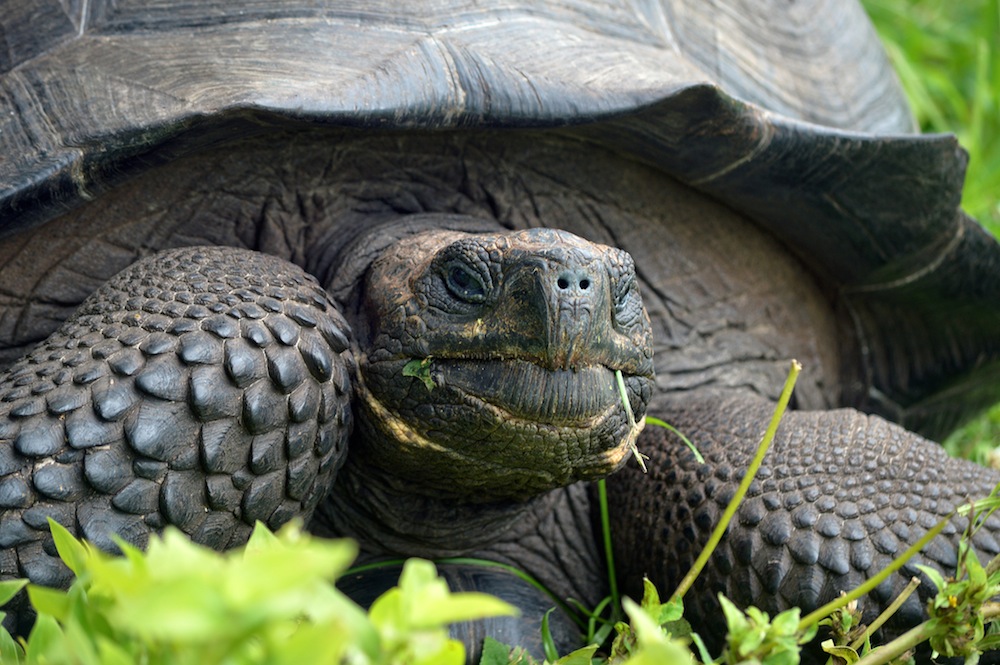
Nearly 200 years post-Charles Darwin, a new species of giant tortoise was discovered in the Galapagos Islands. Chelonoidis donfaustoi is a distinct, new species of giant tortoise that lives on the eastern side of the islands. With small differences from the western populations, there are possibly as few as 250 C. donfaustoi individuals, scientists say.
Anglerfish
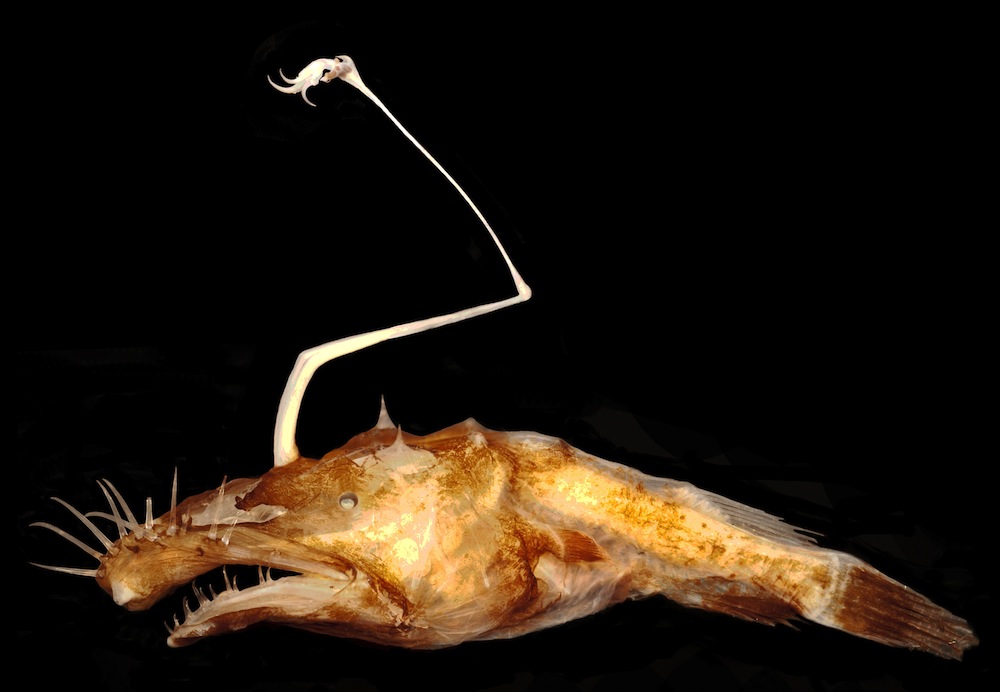
Though Lasiognathus dinema was discovered in the Gulf of Mexico during a damage assessment after the 2010 Deepwater Horizon oil spill, its bizarre appearance is not a catastrophic accident. The antenna-like headpiece on this anglerfish is actually a highly modified, elongated dorsal ray that adds support to the dorsal fin.
Damselfly
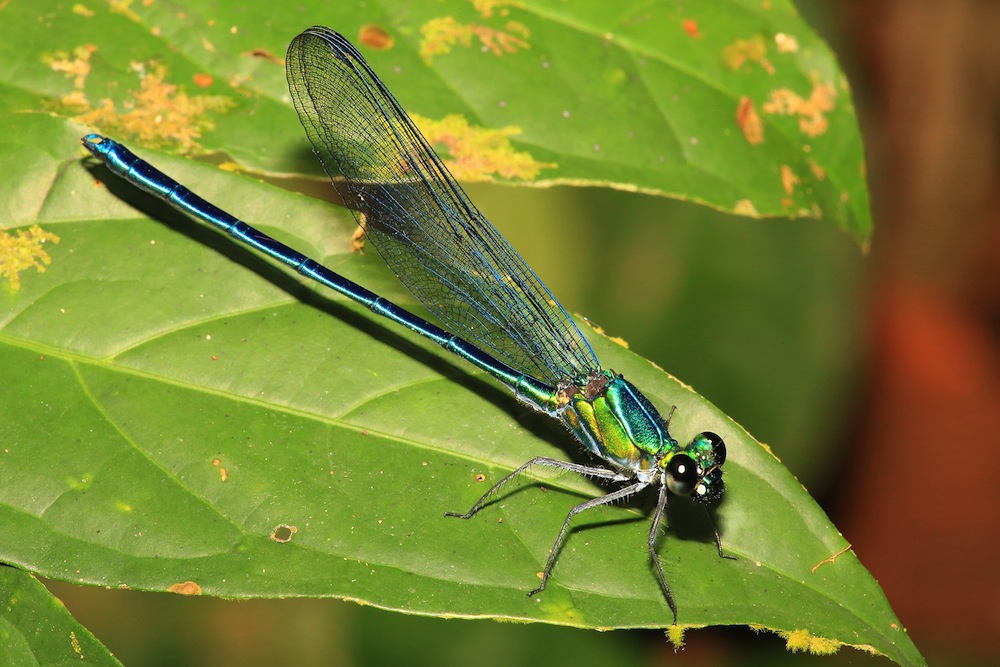
With the genus name Umma, this new damselfly inspired researchers to give it a raunchy, rock-and-roll name. The Umma gumma gets its name from the 1969 Pink Floyd double album "Ummagumma," which is British slang for sex. One of 60 newly reported species, the damselflies are so colorful and distinct that they can be identified from photographs alone.
Hominin

Homo naledi is a new addition to the human family tree. The fossil remains were discovered in South Africa and have similar features to other Homo species. Though Homo naledi was the size and weight of a modern human, the brain case size was closer to that of earlier ancestors living 2 million to 4 million years ago.
Isopod
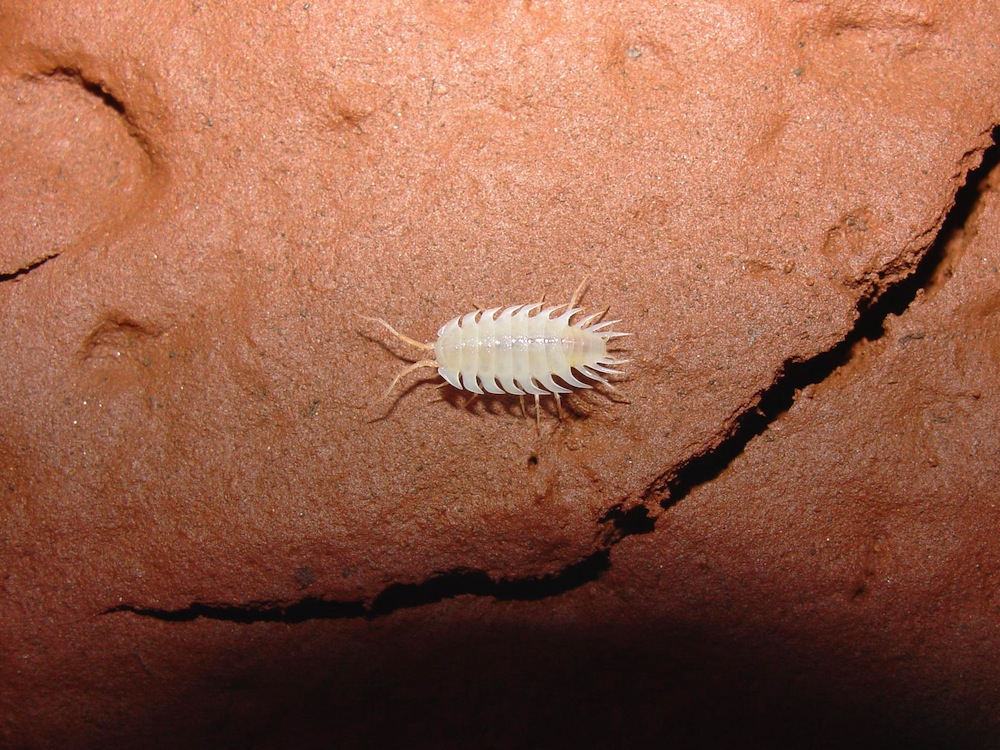
Unlike other members of its family, the Iuiuniscus iuiuensis is an architect. This new isopod species — small crustaceans that live on land or in water — is blind, unpigmented, multilegged and builds shelters of mud.
Seadragon

Related to the seahorse, the Phyllopteryx dewysea is only the third known species of seadragon. Nearly 10 inches (240 mm) long and a striking color red, this marine fish remained undiscovered despite living in shallow waters off the Western Australia coast.
Ape

About 11.6 million years ago, in what is now Spain, Pliobates cataloniae was climbing trees and eating fruit. The small species of ape — roughly 9 to 11 lbs (4 to 5 kg) and 17 inches (43 cm) tall — suggests that there was more diversity in the lineage containing humans and great apes that previously thought.
Flowering tree
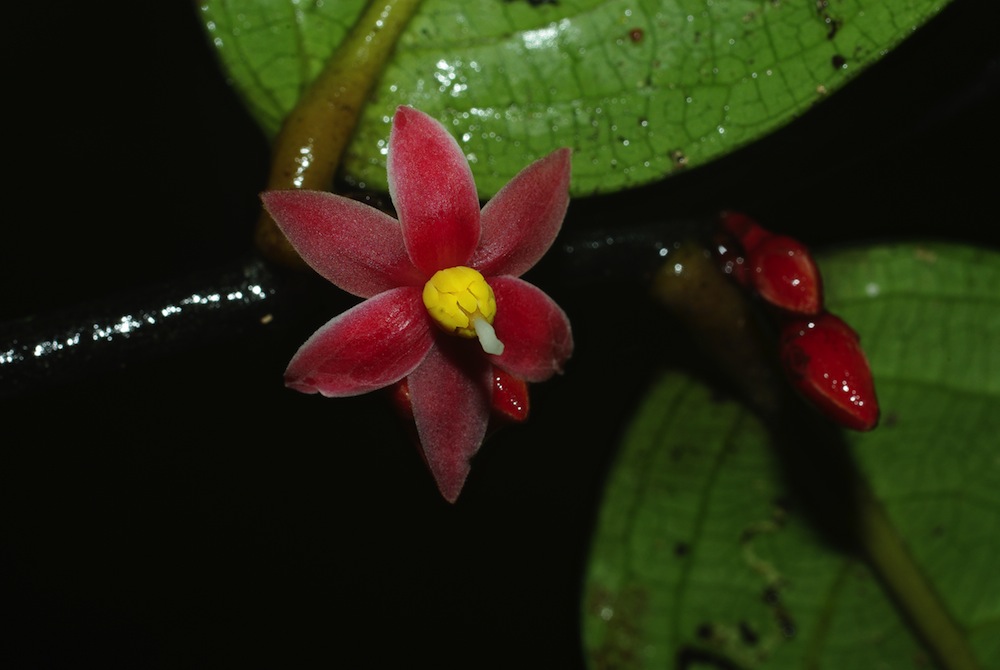
Hidden during inventories of the Monts de Cristal National Park in Gabon, Sirdavidia solannona is so different from the Annonaceae family of flowering plants that it is classified as a new genus, too. This small tree's flowers resemble some from the nightshade family, including potatoes and tomatoes.
Tiny beetle
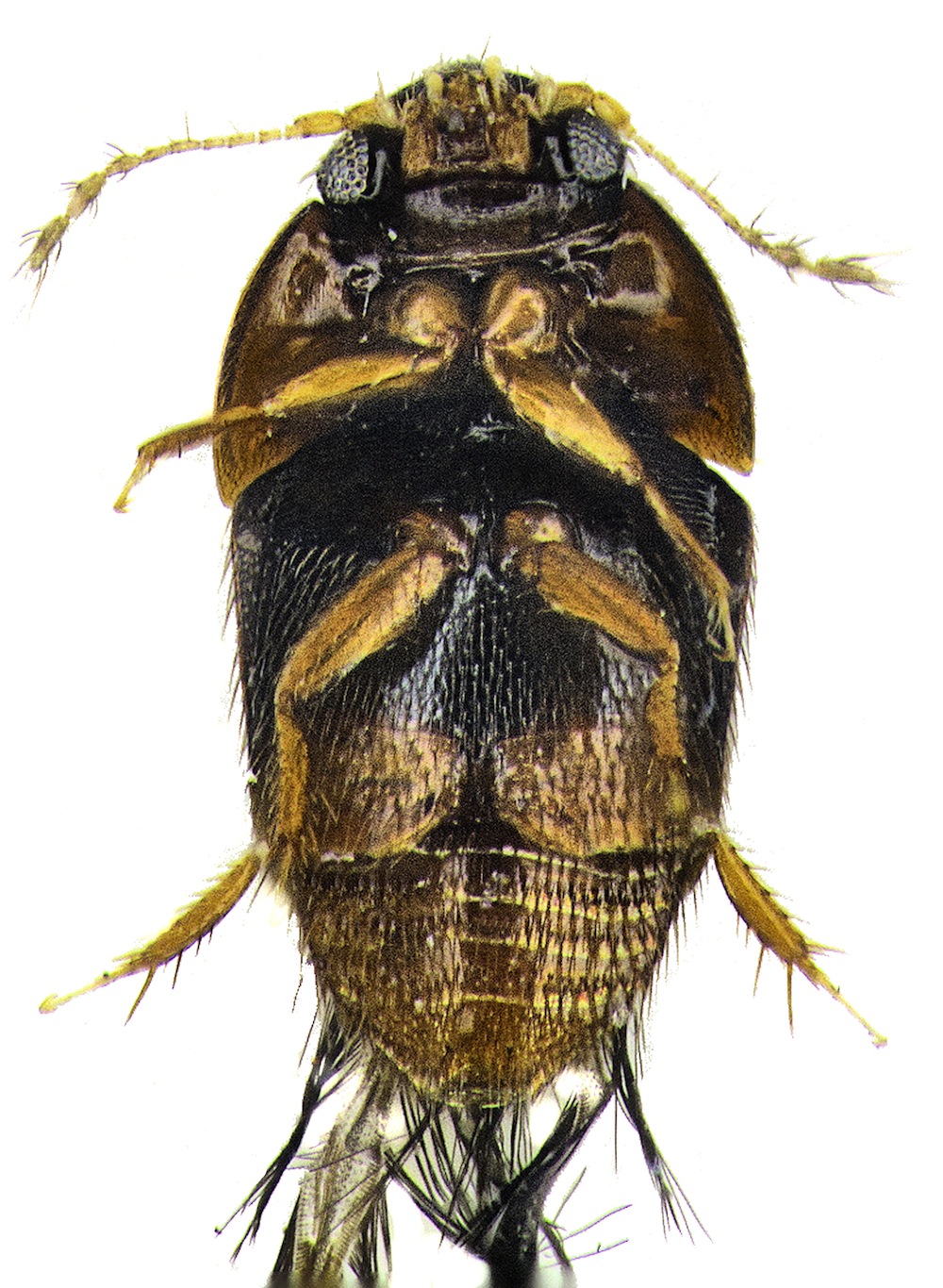
Phytotelmatrichis osopaddington gets its name from the children's book character, Paddington Bear. These miniscule beetles — nearly 25 of them lined-up head to tail would just reach the one-inch mark — make their homes in pools of water that accumulate in the hollows of plants.
Giant sundew
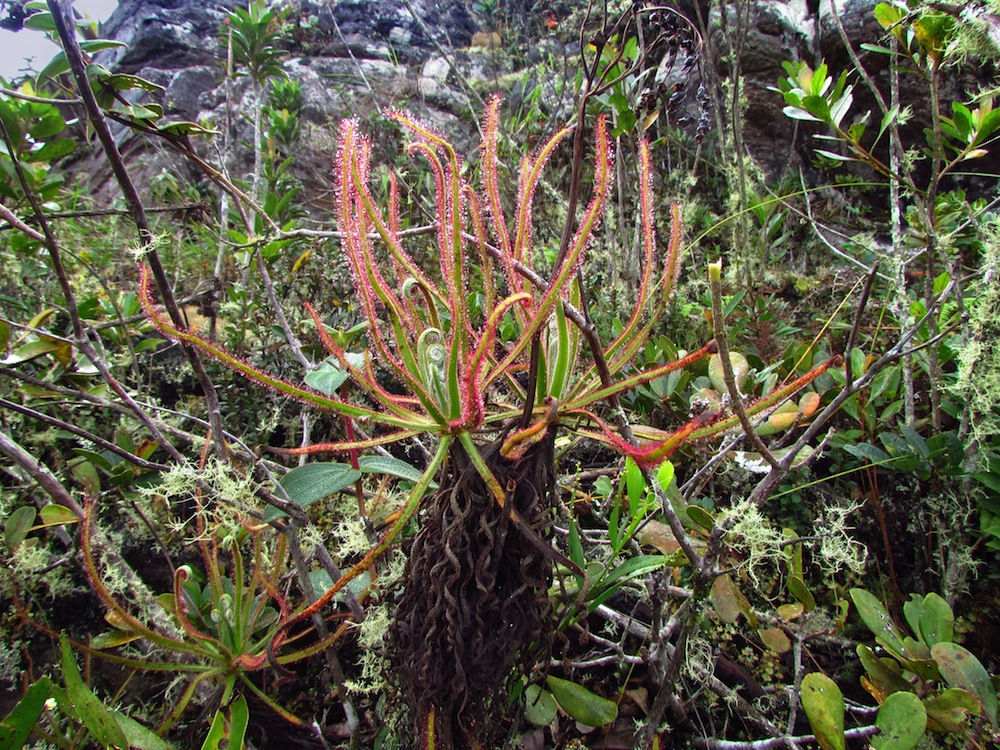
A social media discovery, the Drosera magnifica may be the first new species of plant discovered through photographs posted on Facebook. It is also the largest known sundew in the New World, growing to 48 inches (123 centimeters) tall.
Sign up for the Live Science daily newsletter now
Get the world’s most fascinating discoveries delivered straight to your inbox.











